Meet Alex, a busy parent training for a 10K and trying to stay sharp at work. The workouts are solid. The diet is decent. But afternoons still feel foggy and recovery is slow. The fix is not another supplement. It is getting the right mix of REM sleep and deep sleep, guided by a steady circadian rhythm.
REM vs deep sleep in plain English
- Deep sleep is your body’s pit crew. It shows up early in the night and handles tissue repair, immune support, and growth hormone release. This is what turns hard workouts into gains and helps you wake up feeling restored.
- REM sleep is your brain’s editor. It arrives more in the second half of the night and helps with memory consolidation, emotional processing, and creativity.
Most nights also include a big chunk of light sleep, which acts like the on-ramp. If Alex cuts the night short, one or more stages get clipped. That means brain fog, mood swings, poor recovery, and a tougher time sticking to training. Aim for 7 to 9 hours so each stage gets its turn.
Set your clock with daylight
Your circadian rhythm is the body’s 24 hour clock. Think of it like setting the thermostat for your day. If Alex goes outside for natural light within an hour of waking, that morning signal tells the brain when to be alert and when to feel sleepy later. Morning light often improves REM sleep that night. Do it even on cloudy days. Two to ten minutes is better than nothing. Pair it with a short walk or coffee on the porch.
Build a consistent sleep schedule
Consistency is the keystone habit. Alex picks a wake time and protects it, weekends included. Bedtime becomes a backward calculation. Need 8 hours and wake at 6 a.m.? Lights out near 10 p.m.
To make it stick, use a wind down routine for the last 60 minutes:
- Dim lights and avoid screens or use blue light filters
- Keep phones off the bed and charge them across the room
- Do something relaxing like stretching, light reading, journaling, or a breathing drill
These simple sleep hygiene tips lower cortisol and make it easier to fall into deep sleep faster.
Create a recovery friendly bedroom
Alex treats the bedroom like a mini sleep lab.
- Keep it cool at 60 to 67 degrees. Cooler air helps the body slide into slow wave sleep. Think of it like putting leftovers in a fridge so they stay fresh. Your body recovers better in a cool space.
- Make it dark. Block street light with blackout curtains or an eye mask.
- Keep it quiet. White noise or a fan can mask bumps in the night.
- Reserve the bed for sleep and intimacy to help your brain associate bed with rest.
Time your inputs for better outputs
What you do in the evening either fuels or fights sleep.
- Caffeine cutoff 8 to 10 hours before bed
- Light dinner, not a heavy feast late at night
No items found.

Last updated: Oct 15, 2025
REM vs Deep Sleep: 5 Ways to Optimize Recovery and Focus
Learn the difference between REM and deep sleep, fix your circadian rhythm, and use 5 simple habits to boost recovery, focus, mood, and energy nightly
Author
Dr. Charles Annunziata DC, CFMP

Listen to this article:
Course Overview
Key Take Aways
- Understand how light, deep, and REM sleep each contribute to recovery, cognition, and mood—and why 7–9 hours matters
- Learn to strengthen your circadian rhythm with morning sunlight and a consistent sleep-wake schedule to enhance REM
- Get a simple wind-down routine to lower cortisol and fall into deep sleep faster (dim lights, no screens, relaxing activities)
- Optimize your bedroom for recovery with cool temperatures, darkness, quiet, and bed-only usage
- Time caffeine, meals, and alcohol to protect sleep cycles—and use wearables to identify patterns and improve deep/REM sleep
Up Coming Live Events
No upcoming events
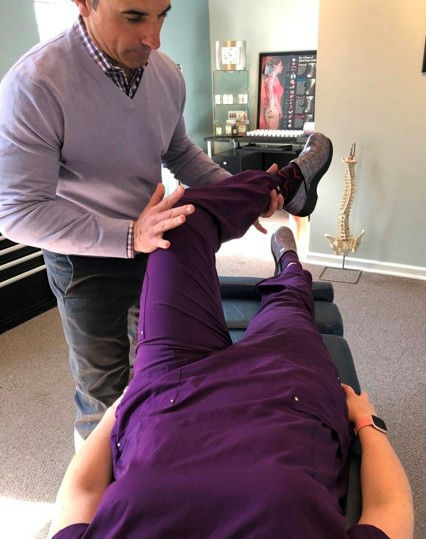
Webinar
NeuroKinetic Fascial Integration: Combining Fascia Release with Muscle Strengthening to Treat Extremity Joint Conditions
Unlock practical strategies to assess, release, and strengthen extremity joints—integrating fascia, muscle, and neurology for better patient outcomes.
• December 6, 2025 ~ 8am-2pm
• Instructed by Dr. Charles Annunziata DC, CFMP
• Earn 6 CE hours for only $109.00

6 credit hours

December 6, 2025 ~ 8am-2pm
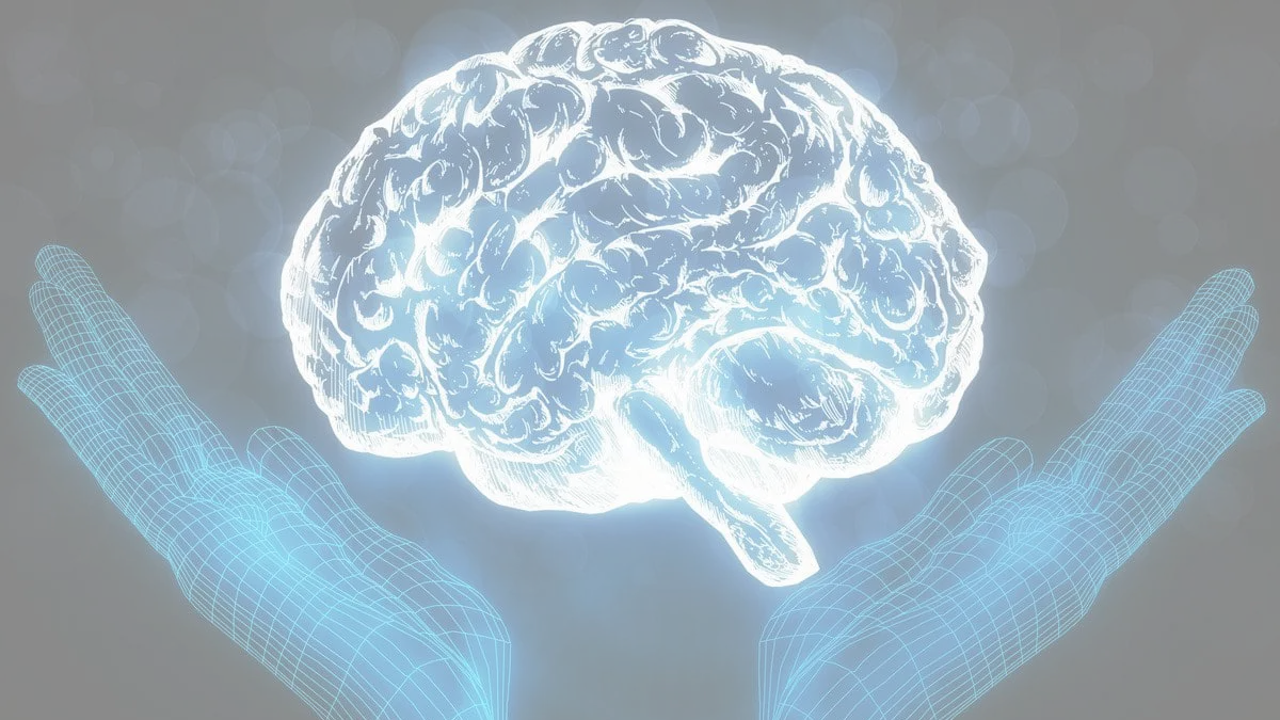
Webinar
The Functional Medicine Blueprint: Healing Metabolic Disease and the Brain
Unlock the link between metabolic health and brain function—gain practical tools to address thyroid, adrenal, insulin, and liver imbalances in your practice.
• 📅 December 13, 2025 ~ 8am-12pm
• 👨⚕️ Instructed by Dr. Charles Annunziata DC, CFMP
• ⏰ 4 CE hours for only $79.00

4 credit hours

December 13, 2025 ~ 8am-12pm
Most Recent Blogs
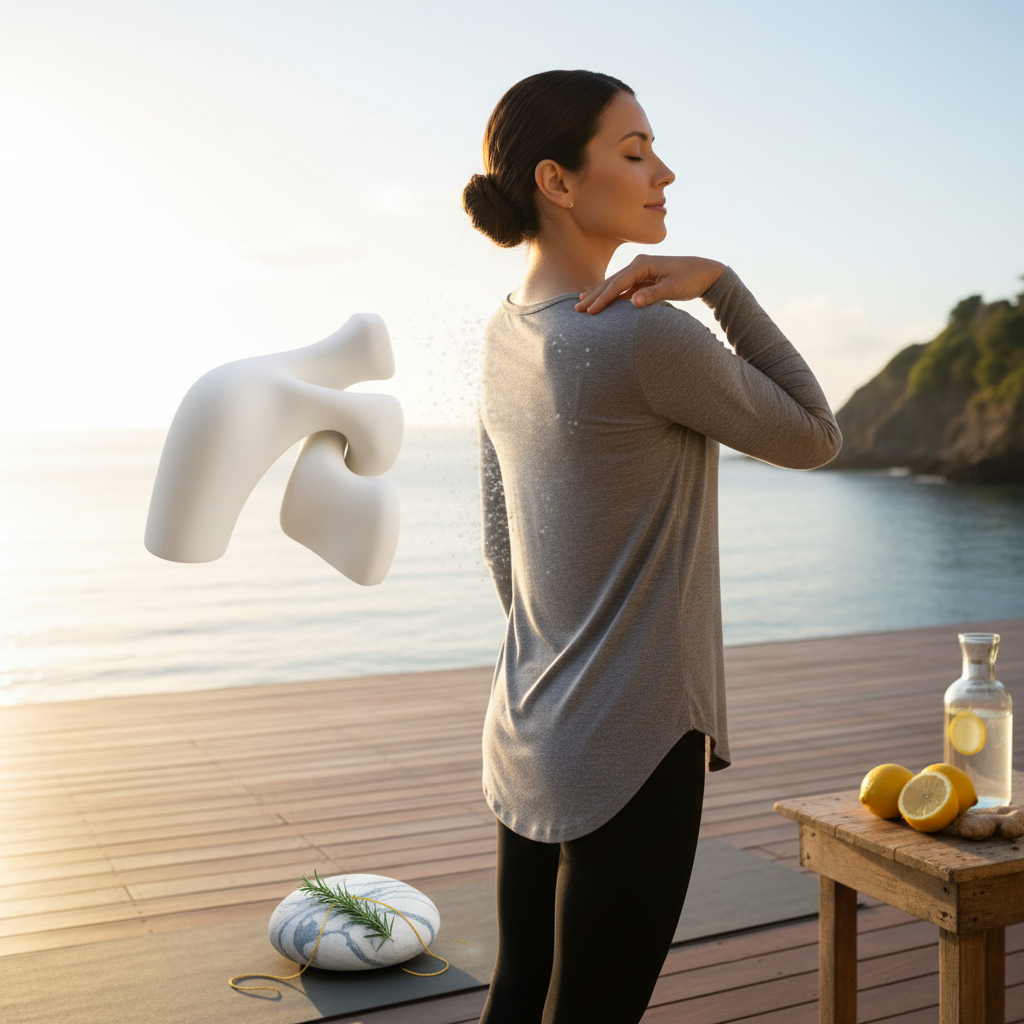
No items found.
Supraspinatus Self-Release: Relieve Shoulder Pain at Home

Last updated: Oct 20, 2025
Read More
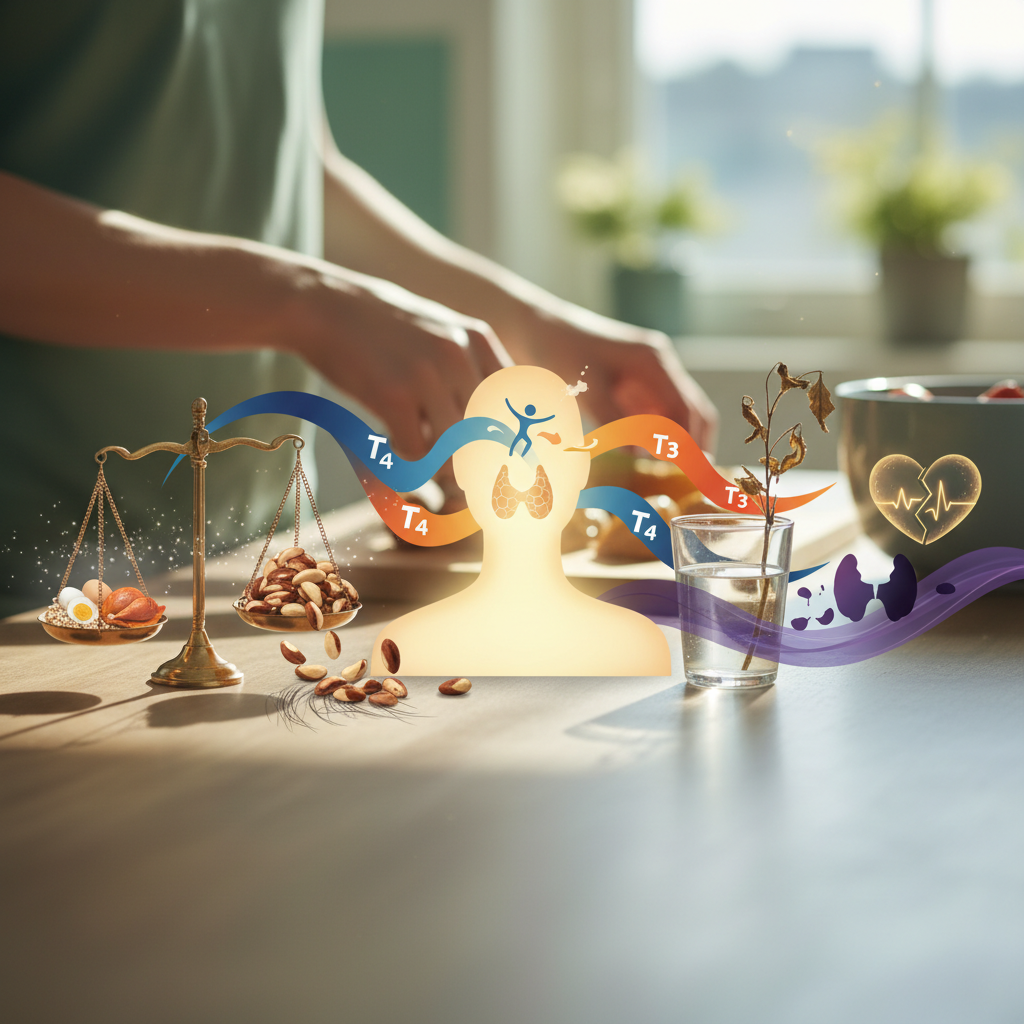
No items found.
Too Much Selenium? Symptoms, Thyroid Risks, and Safe Intake
Learn how selenium supports thyroid health, signs of too much (selenosis), safe intake, food-first sources, and iodine-deficiency pitfalls. Read more.

Last updated: Oct 18, 2025
Read More
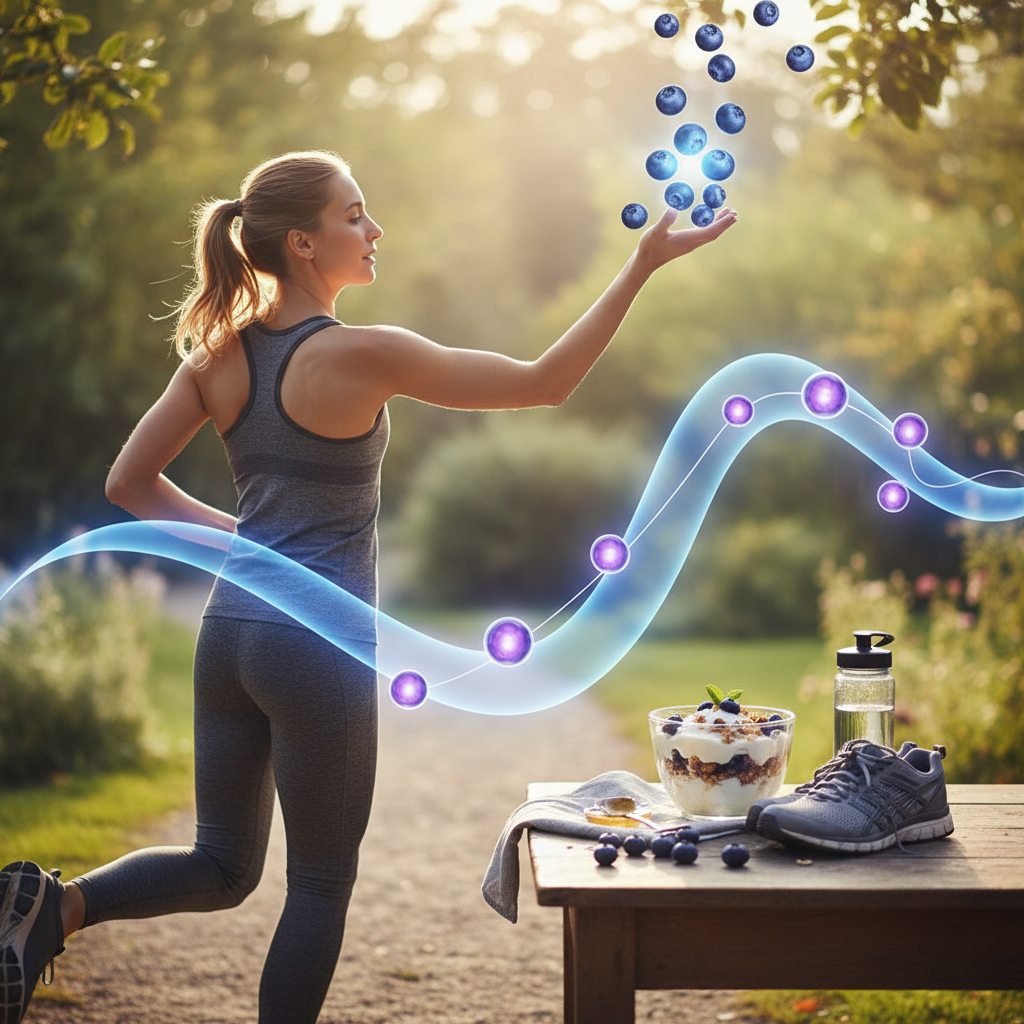
No items found.
Blueberries for Weight Loss: What Science Actually Shows

Last updated: Oct 17, 2025
Read More
Start Learning Today
Just hit the “Go to Courses” button, pick your state, pick the courses you want and get started!
